European countries and the UK are facing more ethylene oxide related recalls after the substance was detected in more food additives used in a large range of food products.
The first alarm was first raised by Belgium in September 2020 with foods containing sesame seeds contaminated with ethylene oxide from India. Since, ethylene oxide has also been found in a range of food additives including amongst others locust bean gum (E410), xantham gum (E415), guar gum (E412) and calcium carbonate (E170).
These ingredients are widely used in formulation and usually sold across major brands and retailers, as a consequence, thousands more food items including biscuits, cereals, flour, cheese, ice creams, tea, and ready meals but also food supplements, have been taken off the shelves.
So, how can food companies ensure the safety of their products and retain consumer trust in your brand?
Ethylene oxide problem: Toxicity!
Ethylene oxide gas has disinfectant properties against bacteria, fungi and viruses, and is widely used to sterilise materials and instruments used in surgery and for medical devices.
However, classified as a category 1B mutagen, carcinogen, and toxic compound for reproduction, it is not allowed for food use in the European Union (EU) and the U.K. It is regulated in food by:
- Regulation (EC) No. 396/2005 defines the Maximum Residue Limit (MRL) for ethylene oxide as the sum of ethylene oxide and its metabolite 2- chloroethanol, in or on foods. The legislation sets a MRL at the limit of quantification (LOQ), thus meaning that it must not be detected in food.
- Commission Implementing Regulation (EU) 2020/1540, since 22 October 2020, sesame seeds originating from India must be tested for the presence of ethylene oxide prior to export to the EU.
- Regulation (EU) 231/2012, which lays down the specifications for food additives, ethylene oxide is not allowed to be used for sterilising purposes in food additives and sets limits for some additives involving it in the production process.

However, the use of ethylene oxide for food is not restricted in all countries and, through global trading, manufacturers could be purchasing contaminated raw materials. Making their way to the E.U. and the U.K., they are then processed further.
European and British food business should be aware that ethylene oxide is also used, by these countries, to fumigate freight containers and warehouses. Remaining stable in the atmosphere over a longer period of time, inadequate subsequent ventilation can lead to cross-contamination in the course of warehousing and transportation.
Analysis of ethylene oxide residue in foods
With food business responsible for the safety of their products, testing for the presence of ethylene oxide residues in or on food items is essential. If MRLs are exceeded, they must withdraw affected products from the market and, recall them from the consumers.
How can Campden BRI support the market

Campden BRI offer testing of raw materials and food matrices for the presence of ethylene oxide and its metabolite 2- chloroethanol using GC-MS technique in our laboratory in Chipping Campden.
To support the food industry to ensure compliance with MRL’s, they have optimised the robustness of their procedure enabling them to process large numbers of samples.





